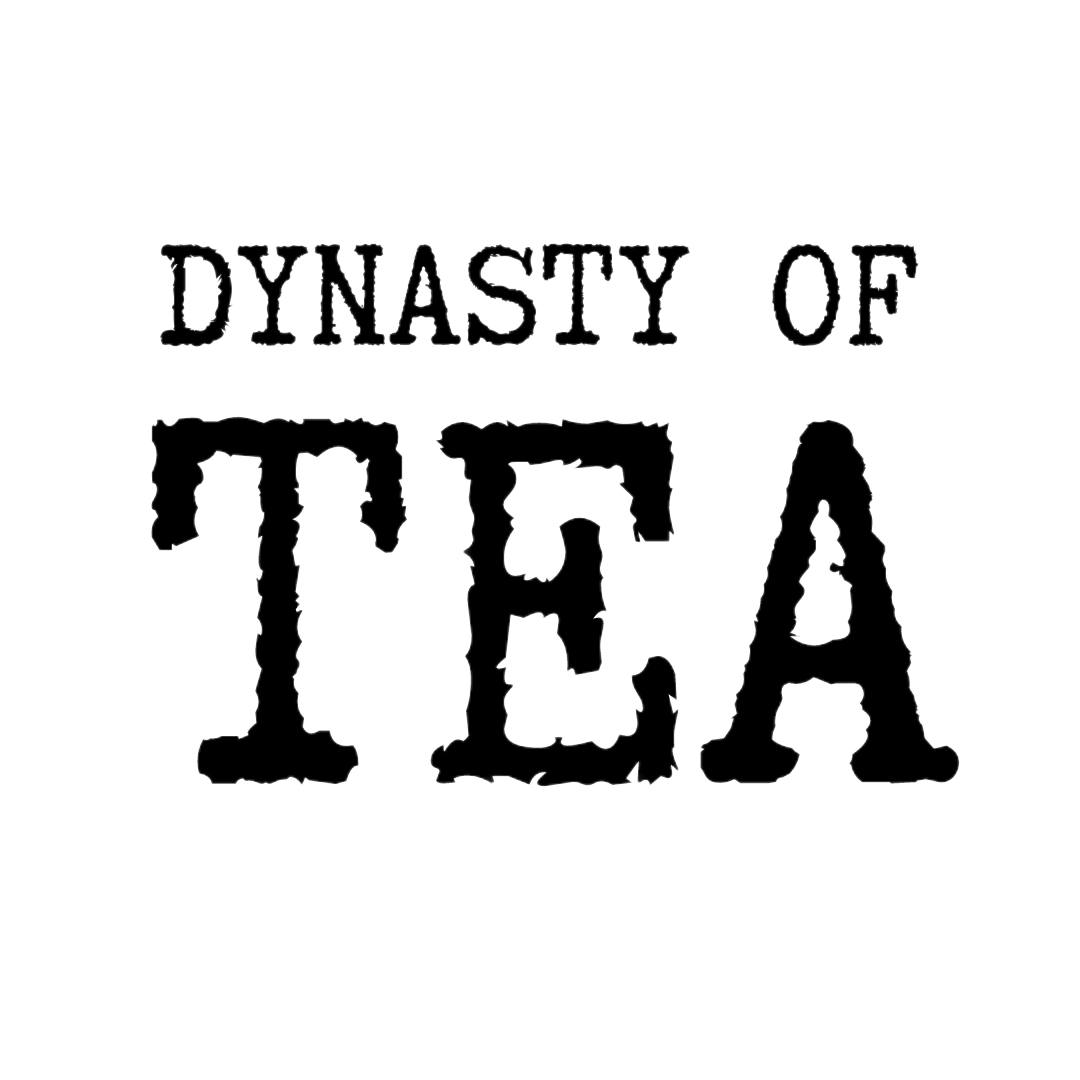Hibiscus Sangria: Alcoholic & Non-Alcoholic
Sangria is a Spanish drink, traditionally made with red wine and fresh fruit, but Sangria has never had just one recipe. This Spanish punch can be made with white wine, sparkling wine, spices, herbs and spirits. The versatility of Sangria and its refreshing taste is what makes it so popular today, and today I want to share my favourite way to make it.
I like to make mine with Hibiscus herbal tea because it gives it a similar ruby red colour to traditional red wine Sangria. Hibiscus also has a tart, cranberry flavour that pairs beautifully with white and sparkling wine. Making Sangria with hibiscus and white wine also makes for a lighter and more refreshing Summer beverage, as red wine is more of a winter drink.
I have 2 delicious variations of this recipe: non-alcoholic & alcoholic, and all that it takes is a little substitution! I like to make the alcoholic and non-alcoholic versions at parties so that children and designated drivers don’t feel like they’re missing out on a yummy drink!
INGREDIENTS
1 cup of Hibiscus herbal tea
3 cups (750mL) of boiled water
x1 tbsp of maple syrup or honey (optional)
x1 orange, sliced
x1 lemon, sliced
1 cup of fresh or frozen fruit, diced
Ice
x1 bottle of white wine (Moscato to sweeten, Sauv Blanc to make dry, Prosecco to make it bubbly) OR lemonade OR soda water OR just use still water
1/2 cup of brandy (optional)
1 cup of orange juice
METHOD
Steep hibiscus herbal tea in hot water for 10 minutes in a large pitcher/jug, stirring occasionally. Add maple syrup or honey at this point to sweeten this drink. Maple syrup will give the drink a caramel flavour whereas honey will give a more floral or nutty flavour depending on where it’s sourced.
Chill in the fridge for one hour.
After refrigeration, add the sliced orange, lemon and other chosen fruits (I like to use whatever is in season)
Fill jug with ice.
Top with the white wine/ lemonade/ soda water or tap water, leaving a little gap at the top. Mix thoroughly.
Fill the rest with orange juice & leave for aesthetic appeal, but mix before serving.
We love to see you use our tea and content, so if you use this recipe or our HIbiscus herbal tea, make sure you tag us in your photos on social media and leave a comment below!
SIGN UP TO OUR MAILING LIST NOW & RECEIVE 10% OFF
READ OTHER BLOGS LIKE THIS
-
Know Your Tea Types
- Sep 12, 2019 What is Tie Guan Yin?
- Feb 26, 2020 What is Hibiscus Herbal Tea?
- Mar 11, 2020 What is Zheng Shan (Lapsang Souchong)?
- Apr 7, 2020 What is Black Wolfberry?
- Jun 21, 2022 What is Pine Needle Herbal Tea?
-
Tea Education
- Aug 28, 2019 How is Black Tea Made?
- Sep 2, 2019 Tea vs Tisane
- Sep 26, 2019 Breakfast Tea Guide: What Tea Should I Have With Breakfast?
- Dec 21, 2019 Microplastics in Tea Bags: Why our Tea Bags are Better
- Feb 5, 2020 The Ultimate Tea & Food Pairing Guide
- Mar 4, 2020 8 Awesome Things You Can Do with Butterfly Pea Flower
- Mar 24, 2020 Stress Relief: The 7 Best Teas for Stress & Relaxation
- Aug 17, 2021 How Long To Steep Tea and Why: A Guide
- Feb 10, 2022 7 Cool Things You Can Do With Hibiscus Flowers
- Mar 3, 2022 6 Healthy Herbal Teas To Relieve Common Pains
- Jun 27, 2022 6 Wonderful Things You Can Do With Black Wolfberry
- Jun 28, 2022 5 Teas for Soothing Sore Throats & Coughs | Cold & Flu Teas
- Aug 10, 2024 What's The Difference Between Our Chai Teas?
- Aug 22, 2024 Rebalance with our Menopause Sux Tea | Wellness Blend
-
Tea Recipes
- Mar 4, 2020 Hibiscus Sangria: Alcoholic & Non-Alcoholic
- Mar 4, 2020 8 Awesome Things You Can Do with Butterfly Pea Flower
- Feb 10, 2022 7 Cool Things You Can Do With Hibiscus Flowers
- Jun 27, 2022 6 Wonderful Things You Can Do With Black Wolfberry
- Jul 11, 2022 Pumpkin Soup Recipe: Easy & Simple
- Aug 6, 2024 Earl Grey & Edible Flower Shortbread Cookie Recipe







